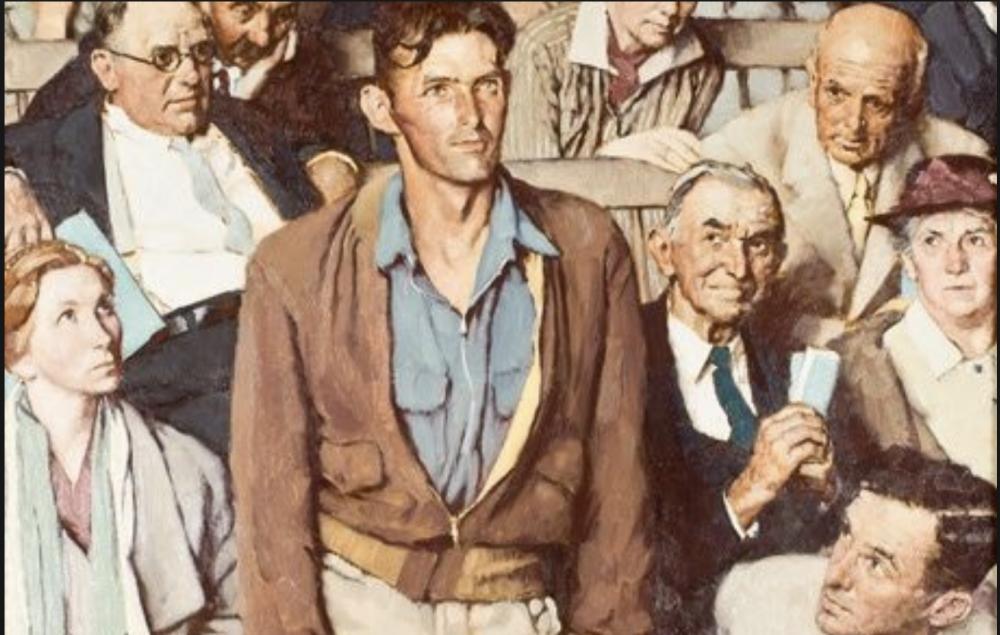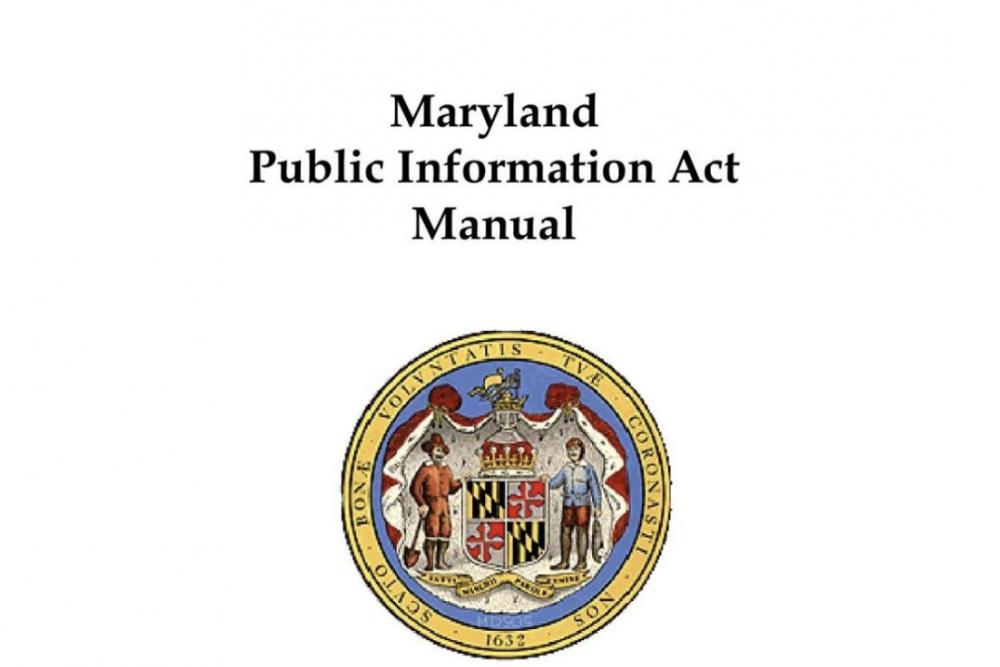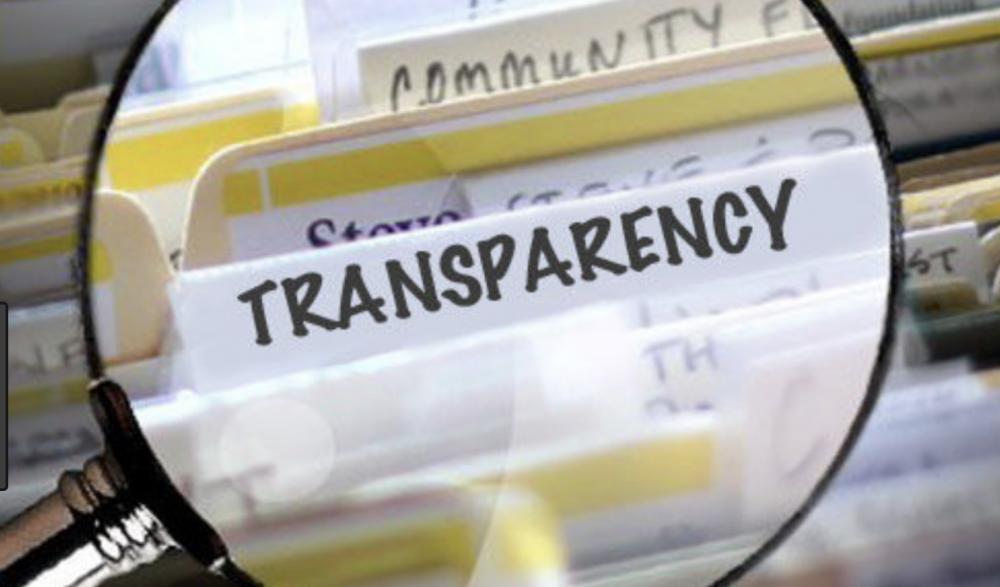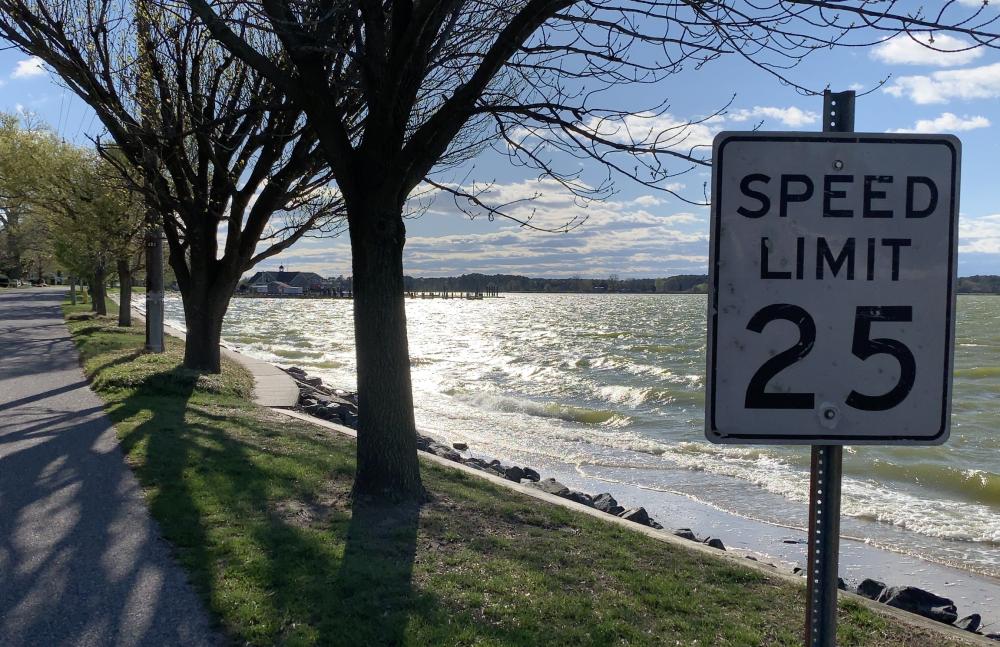A new item popped up recently on the Council’s list of pending legislation: Bill 1412 “To Revise Cottage Industry Truck Weight Limits on Certain Roadways.”
Most people in the County have no idea what “Cottage Industry” really means—but it’s not what most would think. So a few days ago I began to write a piece, not with the purpose of knocking the new legislation per se or raising a big alarm, but hoping to clarify what this term “Cottage Industry” means in our zoning code. People should understand it, because it can have a big impact in certain situations and it could easily become a portal to abuse in the future.
But I had to trash that first draft and start over for two reasons: (a) everything I wrote initially sounded alarmist, as if I was trying to send a message in code, and (b) as I reviewed Chapter 190 regarding “Cottage Industry,” I was struck by just how carefully that section has been crafted, with quite reasonable constrains and limitations, at least in its current form.
Notwithstanding the name, Cottage Industry use does not identify your Aunt Wilma’s quilting operation or Uncle Mike’s home-based bookkeeping business. (Those are “Home Occupations.”) The Cottage Industry use is actually intended to accommodate the small, independent owner/operator of a serious business—almost always a contracting business–who works our of his own home.
These are the community’s independent landscapers, plumbers, electricians, and even some boat repair guys. (Septic haulers are also included…though the proprietor would still have to live on site.) Accommodation this kind of use is not just appropriate but essential in a place like Talbot County, where lots of small contractors and small businesses have always been home-based.
Yet as the code expressly states, a Cottage Industry use “has the potential for greater impacts on nearby properties compared to a Home Occupation.” For example, big trucks.
Bill 1412 simply says that if a business is a “Cottage Industry” and faces onto a “State arterial or collector roadway” (you know what that is, right?), it can generate up to 10 visits per day to the property from trucks of any size—any size. (Otherwise, the limitation is 16,000 lbs. GVW, and fewer trips.)
The truck issue aside, if you go to Section 33.5(B) of Chapter 190 you can peruse a long list of limitations and constraints on properties where Cottage Industry uses are permitted. To me the restrictions seem reasonable and comprehensive. No doubt there can be property specific conflicts, but still….
In any event, over the long haul citizens should know what “Cottage Industry” really means, and keep an eye on regulatory changes that could slip by and adversely affect the broader community (since those uses are permitted in many zones throughout the County). In fact, I think it would be wise to change the name of that use in our zoning code to something like “Home Based Contractor Business Operation,” just so no one gets misled. After all, “cottages” have those white picket fences, and roses.
Dan Watson is the former chair of Bipartisan Coalition For New Council Leadership and has lived in Talbot County for the last twenty-five years.






